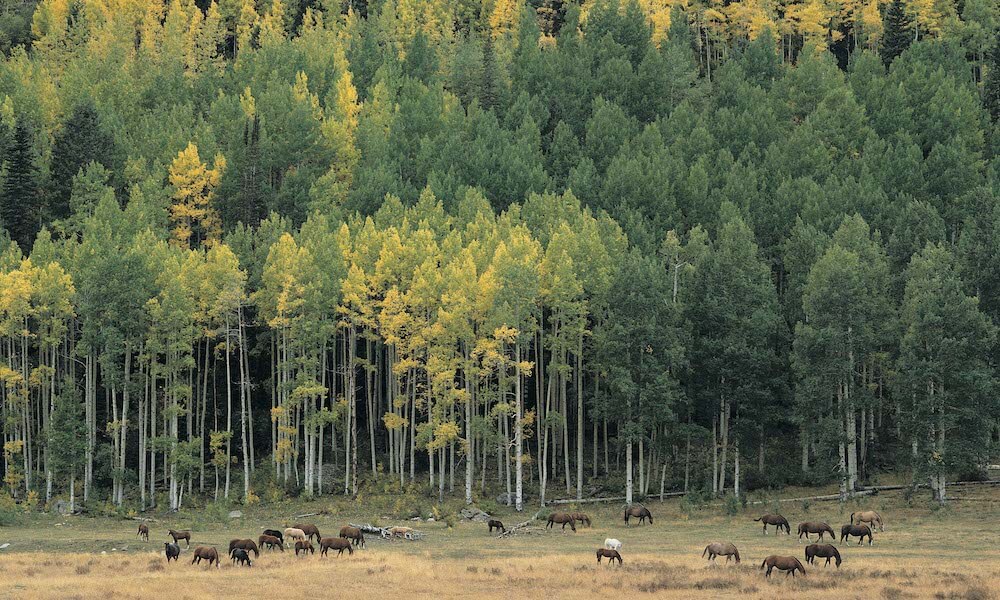The Best Tool for Helping Damaged Young People—Nature
Source: The Guardian
Researchers are evaluating the effect that a dose of the wilderness can have on troubled young people.

| The Natural World | What answers can we find in nature? |

Researchers are evaluating the effect that a dose of the wilderness can have on troubled young people.

Checkout these animal X-rays from the Brookfield Zoo. Discover how the zoo’s vet team is sharing these skeletal snapshots of it’s rainforest friends.

| Do the best engineers wear hard hats and use blueprints? Not always! Learn how beavers build and shape landscapes that support habitats for countless animals in Montana. |

During these isolating times, outdoor areas can offer a safe space to explore while practicing social distancing and taking proper safety precautions. Skim the article and choose two locations to learn more about.

| What do a pug dog and a Persian cat have in common? No, it’s not just their adorable “smushed” faces. Find out how these species resemble each other more than their own wild ancestors. |

| Noise-cancelling headphones are great for blocking out distractions, but could they be affecting the way people process sound? Some audiologists are concerned that prolonged use might be linked to auditory processing issues, making it harder to focus, communicate, and navigate noisy environments. |

Wolves had been absent from Yellowstone National Park for more than 70 years when they were reintroduced in the 1990s – and their return had some surprising benefits.

Though poets often draw on imagery from nature, science and poetry often appear to be set in opposition to each other. Can the world of facts mesh with the world of emotions? In this essay, poet and scientist Pireeni Sundaralingam analyzes the complex relationship between the two.

We often think of cures for cancer as chemicals developed in laboratories, but nature may be the source of new remedies. Tom Phillips explains how researchers aim to tap into the medical possibilities of the Amazon rainforest—and at the same time protect this threatened environment from human development.

What is the relationship between mosh pits and nature? The answers to that question might surprise you! Two graduate students (who just so happen to be heavy-metal fans) are studying mosh pits to learn about particulate patterns and animal flocking behavior.

Many times, it is not the natural world mimicking the manmade world, but rather the other way around. Read about how mantis shrimp are inspiring new photography technology.

Forests may be better at restoring themselves than we previously thought. Read about nature’s resilience.

Watch the video to learn more about the positive effects greenscapes have had in New York City.

In a world of antibacterial soaps and sterile environments, scientists have found that children exposed to diverse bacterial environments have better immune responses.

Read about how dogs, human’s best friends, influenced human evolution and vice versa.

In this article, Laura Wright Treadway, environmentalist and mom, talks about the importance of playing—and learning—outdoors.

While modern human environmental intervention often has a negative impact, forest gardens grown by Indigenous communities prove that humans can live in harmony with nature and improve ecosystems.

The balance between humans and nature is a precarious one, and for some time nature has been telling us we are doing something wrong. Read about how both human and environmental health is intertwined.

What is citizen science? How can you advance scientific research while exploring your backyard or city? Read on to learn the answer to these questions and more.

What would you do if faced with the opportunity to email a tree? Would you write fan mail and love letters? For many Melburnian citizens, the answer is yes!
* HMH is not responsible for the content of third–party websites.